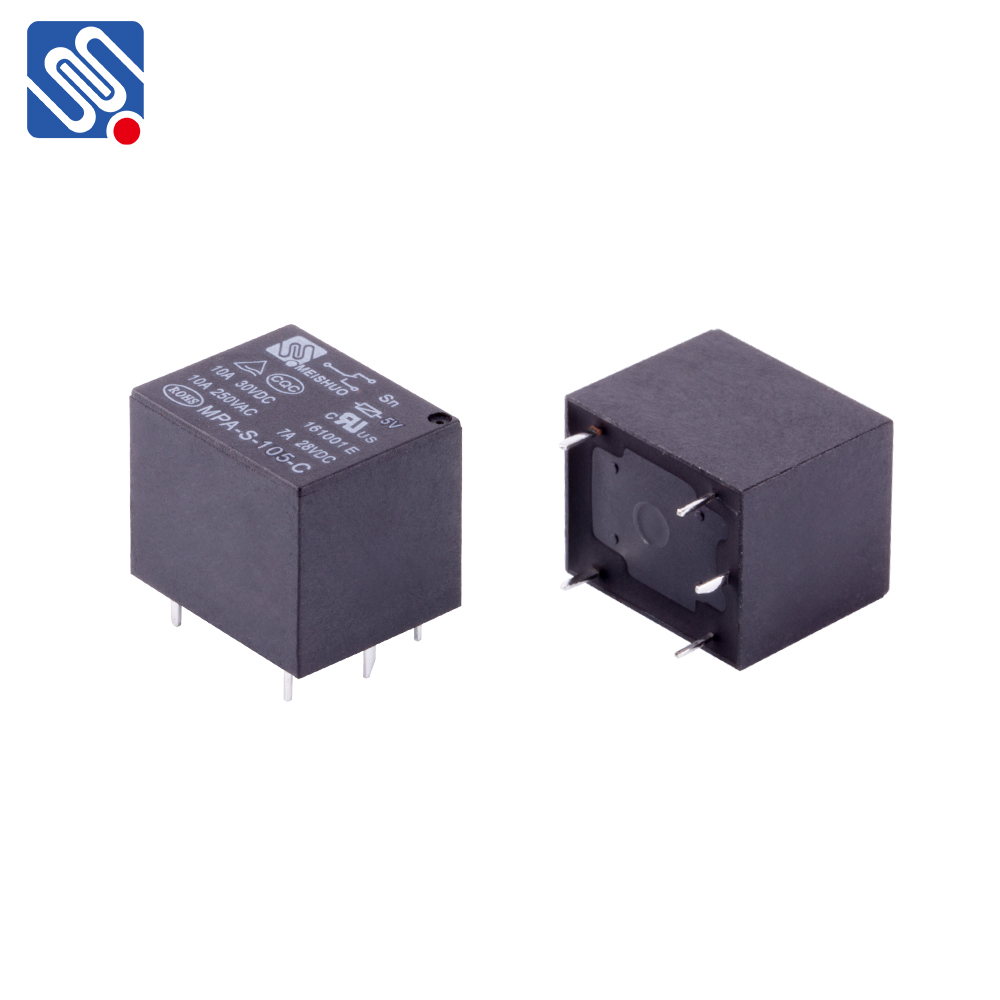understanding the role and function of switch relays in electrical systems
Release time:2025-08-14 02:13:41
Switch relays are essential components in electrical circuits, offering a wide range of applications in various industries. From controlling large machines to enhancing automation processes, these devices play a critical role in modern electrical systems. This article aims to explore the working principles, types, and practical applications of switch relays, helping readers understand why they are indispensable in the world of electronics.

What is a Switch Relay?
At its core, a switch relay is an electromechanical or electronic device used to control the flow of current in a circuit. It functions by using a control signal to activate or deactivate the connection between electrical contacts, which in turn controls the flow of power to a load. The concept behind a switch relay is simple: a small signal triggers a larger current flow, allowing for the operation of larger and more power-hungry devices, while keeping the control circuit safe and isolated.
Working Principle of Switch Relays
Switch relays typically consist of a coil, an armature, contacts, and a spring. When an electric current flows through the coil, it generates a magnetic field that moves the armature. This movement either opens or closes the relay's contacts, thereby completing or breaking the circuit. The strength of the magnetic field is proportional to the current passing through the coil. Once the coil is de-energized, a spring mechanism returns the armature to its original position, which either opens or closes the circuit again.

